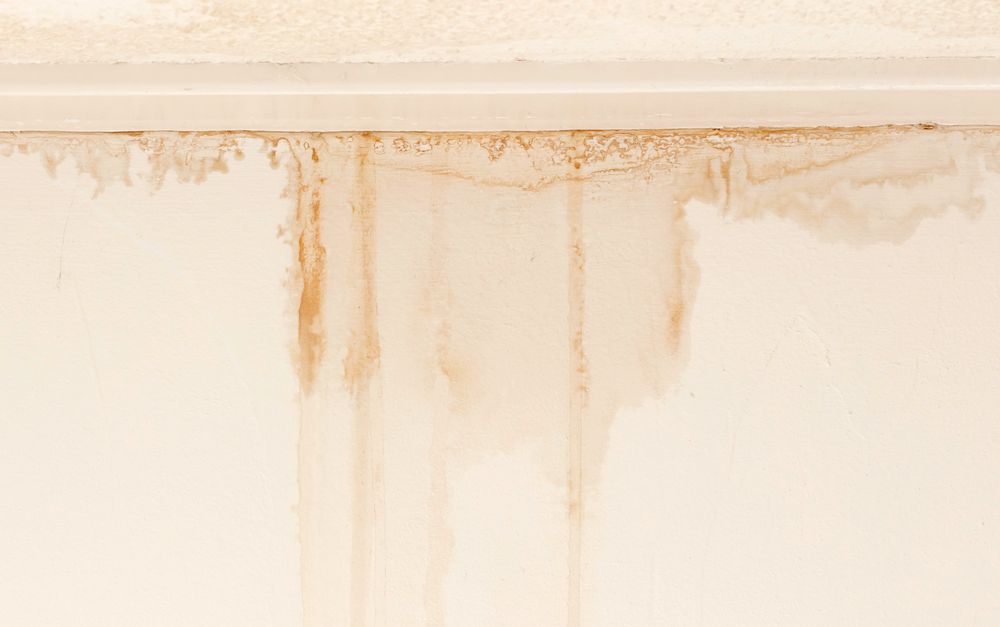Just how to Check If Your House Has a Concealed Leakage
This PageAre you currently trying to locate facts and techniques concerning Locating water leaks?

Early discovery of dripping water lines can minimize a prospective calamity. Apart from conserving you money, it will certainly reduce the irritation and frustration. The moment you discover a leakage, calling your plumber for fixings is the most effective service. Some tiny water leaks may not be noticeable. Right here are some hacks that help if you can not detect it with your nude eyes.
1. Examine the Water Meter
Every house has a water meter. Checking it is a guaranteed manner in which aids you find leaks. For starters, shut off all the water sources. Ensure no person will certainly flush, make use of the faucet, shower, run the cleaning machine or dish washer. From there, most likely to the meter and also watch if it will certainly change. Because nobody is using it, there should be no activities. That indicates a fast-moving leak if it moves. Furthermore, if you detect no changes, wait an hour or more as well as inspect back again. This indicates you may have a sluggish leak that can also be below ground.
2. Check Water Consumption
Analyze your water expenses and also track your water intake. As the one paying it, you need to observe if there are any discrepancies. If you identify sudden changes, despite your consumption coinciding, it indicates that you have leaks in your plumbing system. Bear in mind, your water costs ought to fall under the exact same array on a monthly basis. An unexpected spike in your costs shows a fast-moving leak.
On the other hand, a constant rise every month, despite the very same practices, reveals you have a slow-moving leakage that's likewise gradually escalating. Call a plumber to thoroughly inspect your property, specifically if you really feel a cozy area on your floor with piping below.
3. Do a Food Coloring Examination
When it comes to water intake, 30% comes from toilets. Test to see if they are running correctly. Decline flecks of food color in the container and also wait 10 minutes. If the shade somehow infiltrates your dish throughout that time without flushing, there's a leakage between the tank as well as dish.
4. Asses Outside Lines
Do not forget to inspect your outdoor water lines as well. Should water permeate out of the connection, you have a loosened rubber gasket. One little leakage can waste loads of water and spike your water expense.
5. Evaluate the circumstance and also evaluate
Home owners should make it a routine to inspect under the sink counters and also also inside cupboards for any kind of bad odor or mold growth. These two warnings indicate a leakage so timely attention is required. Doing regular evaluations, even bi-annually, can save you from a major problem.
Check for stainings as well as compromising as most pipelines and also devices have a life expectancy. If you believe leaking water lines in your plumbing system, don't wait for it to intensify.
Early discovery of dripping water lines can alleviate a potential calamity. Some small water leaks may not be visible. Checking it is a proven means that aids you discover leakages. One tiny leak can waste lots of water and surge your water expense.
If you believe dripping water lines in your plumbing system, do not wait for it to rise.
How to Know If Your Home Has a Hidden Leak
Water Meter Reveals Inexplicable Water Usage
If you’d like to test whether or not there’s a leak somewhere in your home, you can do this using your water meter. Here is how to conduct the test:
Don’t use any water in your home for at least 30 minutes; this also means not turning on faucets or water-using appliances.
Go outside, and check your water meter for activity.
If your water meter shows that there was activity, even though no one was using any water, this proves that there is a leak in your home.Visible Mold or Mildew Growth
Leaks behind walls create moist, dark environments that allow mold and mildew to grow and thrive. Eventually, you might see mold growth forming on the wall closest to a hidden leak.
If mold is growing in an area that receives a high amount of moisture, such as a bathroom, it may simply be an indication that better ventilation is needed. However, if you see mold growth on a wall or the ceiling in an area where you would not expect, you probably have a hidden leak.
Musty, Mildew Odor
Sometimes you might not be able to see the mold or mildew that is growing as a result of a leak. However, the smell can give the problem away just as easily. If you catch a whiff of something musty, there’s a good chance that old water is collecting somewhere in your home that you can’t see.
Stained/Warped Walls, Ceilings, or Floors
When your home soaks up water, a variety of red flags can become visible, including ceiling stains, bubbling drywall, warped walls, and sagging floors. While these issues can be caused by excess humidity, they can also be signs that a pipe or plumbing connection has started leaking behind your walls.
Inexplicably High Water Bill
After a while, you get a general sense for what your water bill should be. If you own a pool or sprinkler system, your bill will tend to be higher during summer. However, if you receive a water bill that seems especially high, and you can’t figure out what caused it, then you may have a hidden leak somewhere that’s increasing your bill.
https://www.plumbingjoint.com/blog/2019/july/how-to-know-if-your-home-has-a-hidden-leak/

I'm certainly very drawn to Leaking water lines and I am assuming you liked my piece. Sharing is good. Helping people is fun. Thanks for your time spent reading it.